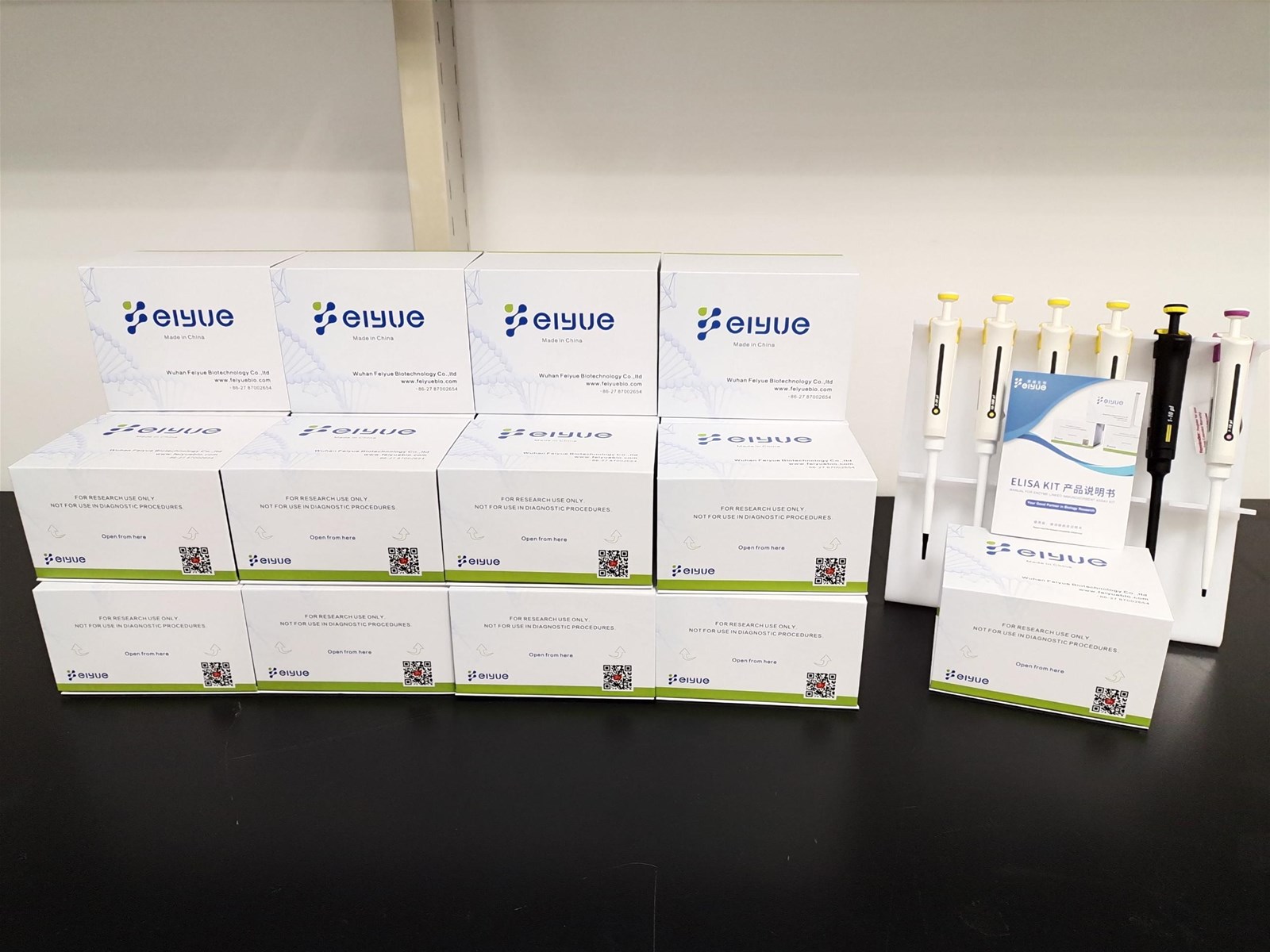| Place of Origin: | China (Mainland) |
|---|
Quick Details
Specifications
Human OCLN(Occludin) ELISA Kit Basic Information
Feiyue's Human OCLN is an ELISA reagent for detection of OCLN in serum, plasma or cell with sensitivity, specificity and consistency.

Human OCLN(Occludin) Introduciton
Occludin is an enzyme (EC 1.6) that oxidizes NADH. It was first identified in epithelial cells as a 65 kDa integral plasma-membrane protein localized at the tight junctions. Together with Claudins, and zonula occludens-1 (ZO-1), occludin has been considered a staple of tight junctions, and although it was shown to regulate the formation, maintenance, and function of tight junctions, its precise mechanism of action remained elusive and most of its actions were initially attributed to conformational changes following selective phosphorylation, and its redox-sensitive dimerization. Occludin is an important protein in tight junction function. Studies have shown that rather than being important in tight junction assembly, occludin is important in tight junction stability and barrier function. Indeed, MDCK cells lacking occludin and its homolog tricellulin exhibit less complex tight junction strand network and impaired barrier function.
Human OCLN(Occludin) ELISA Kit Test method
this kit uses sandwich ELISA to detect the concentration of Human OCLN.
Human OCLN-specific monoclonal antibody has been pre-coated in the wells of the supplied microplate. Standards samples and controls are added to interact with the immobilized antibody. A sandwich complex is formed by additional anti-Human OCLN antibody with HRP-Streptavidin. TMB solution is added to react with the sandwich for ming optical signal measured by microplate reader. the concentration of Human OCLN in the sample can be calculated by comparing the absorbance of the sample with the standard curve.
Product Name |
Human OCLN(Occludin) ELISA Kit |
Catalog NO. |
FY-EH4162 |
Alias |
OCLN; Occludin; BLCPMG |
Application |
OCLN ELISA Kit allows for the in vitro quantitative determination of OCLN concentrations in serum, plasma, tissue homogenates and other biological fluids. |
Size |
48T, 96T |
Storage |
2-8 ℃ for 6 months |
Sensitivity |
<0.094ng/ml |
Species |
Human |
UniProt ID |
Q16625 |
CV (%) |
Intra-Assay: CV<8% |
Note |
for Research Use Only |
Feiyue's Human OCLN is an ELISA reagent for detection of OCLN in serum, plasma or cell with sensitivity, specificity and consistency.
Human OCLN(Occludin) Introduciton
Occludin is an enzyme (EC 1.6) that oxidizes NADH. It was first identified in epithelial cells as a 65 kDa integral plasma-membrane protein localized at the tight junctions. Together with Claudins, and zonula occludens-1 (ZO-1), occludin has been considered a staple of tight junctions, and although it was shown to regulate the formation, maintenance, and function of tight junctions, its precise mechanism of action remained elusive and most of its actions were initially attributed to conformational changes following selective phosphorylation, and its redox-sensitive dimerization. Occludin is an important protein in tight junction function. Studies have shown that rather than being important in tight junction assembly, occludin is important in tight junction stability and barrier function. Indeed, MDCK cells lacking occludin and its homolog tricellulin exhibit less complex tight junction strand network and impaired barrier function.
Human OCLN(Occludin) ELISA Kit Test method
this kit uses sandwich ELISA to detect the concentration of Human OCLN.
Human OCLN-specific monoclonal antibody has been pre-coated in the wells of the supplied microplate. Standards samples and controls are added to interact with the immobilized antibody. A sandwich complex is formed by additional anti-Human OCLN antibody with HRP-Streptavidin. TMB solution is added to react with the sandwich for ming optical signal measured by microplate reader. the concentration of Human OCLN in the sample can be calculated by comparing the absorbance of the sample with the standard curve.



